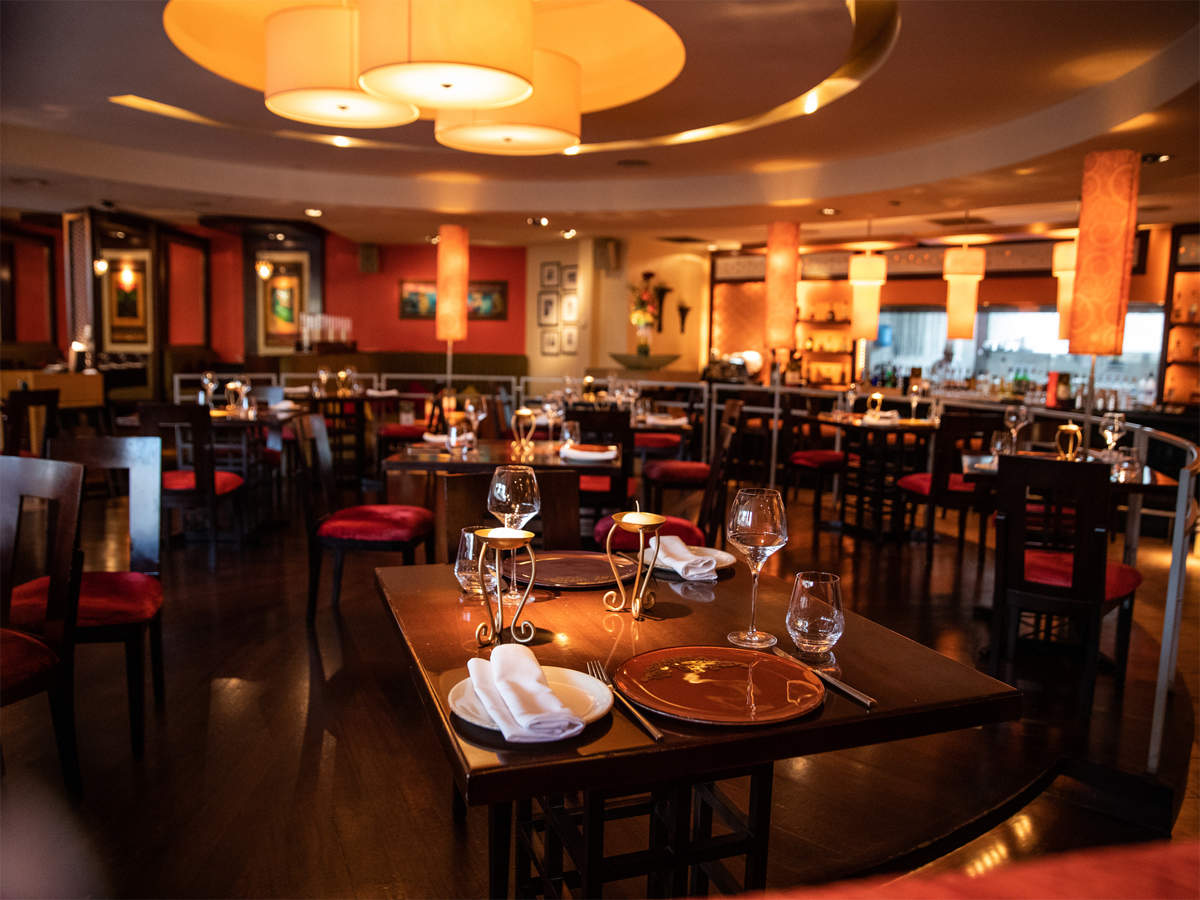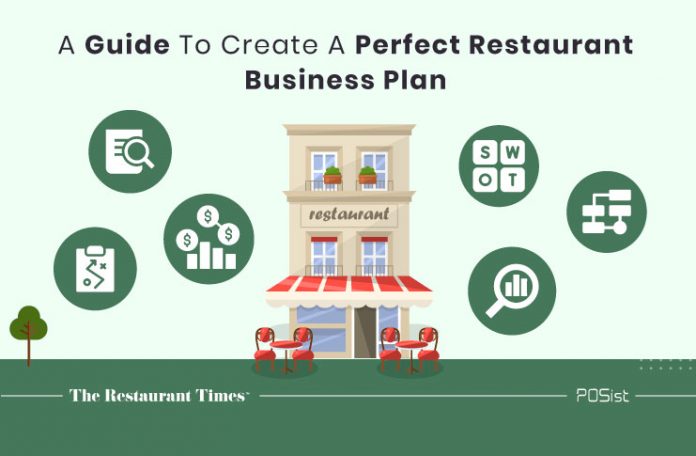Restaurant business plan holds great value for the UAE restaurateurs, as opening a restaurant here can be troublesome. A restaurant business plan makes the procedure easier by providing a basic structure to the business. It acts as a roadmap or guide to your business and everything that it entails. You can say that it is a blueprint of your restaurant business. It gives banks and potential investors information regarding its business objectives – market analysis, management details and financial requirements to sales and marketing, expansion potential, etc. It also outlines details regarding the concept, cuisines to be offered, number of employees, etc.
Investors will usually want to know your business plan before investing in it. Furthermore, while getting licenses, a business plan will act as your advocate before the authorities.
Thus, you must have a well-made restaurant business plan. Writing the perfect business plan is easy if you remember the audience it is intended for.
Major Sections To Include In A Restaurant Business Plan
A restaurant business plan should be designed such that it is structured, easy to understand, and describes every little thing about your business. It should also describe the aims, the prerequisites, and the budget in the most realistic way while explaining financial requirements.
Here are the sections one should include in a perfect restaurant business plan.
1. Introduction
The introduction of your restaurant business plan should include the name, location, and the concept of your business. It is meant to describe the business in a summarized form mainly to government authorities, stakeholders, and investors.
2. Executive Summary
The executive summary is somewhat similar to the introduction of the business plan, just a bit longer and more descriptive. However, it should be no longer than two pages. Putting forward the key points of the business plan, the executive summary should describe the nature of the restaurant business, success factors, future goals, growth potential, expected profit margins, and other key points.
3. Business Overview
The business overview describes the scope of the restaurant’s operations. The restaurateur should provide details on the concept of their business in this section. This section should put forth the Unique Selling Proposition or USP of your business. It should answer the following questions:
- Why is your business likely to be successful?
- What does your business aim for?
- Who is your target audience and clientele?
- What services will you provide to your target audience and clientele?
Furthermore, this section should also consist of other related information which is vital to the business like:
- Type of service and layout: You need to mention what kind of service you intend to offer. The layout of your restaurant format should be in sync with the type of service you decide to provide. For example, quick-service restaurant, fine dining, pub, food truck, etc. Mention the kind of service in this section and include the layout and floor plan in case you have already identified a suitable space for your business. This section also includes details about the uniforms of the staff.
- Location: Location should be decided based on the type of service you choose to offer. Low-traffic streets for cloud kitchens, while high-traffic streets for fine dining, pubs, bakeries, and food trucks can be good choices. Consider factors like customer density, availability of raw materials, accessibility, proximity to vendors like delivery services, parking, etc., while deciding the location.
- The cuisine: Decide the cuisine you plan to serve and identify the kitchen equipment and packaging strategies accordingly.
- Target Audience: This section states the key customer demographic you are trying to position your product/services to. Your target audience’s food habits and preferences will highly influence your business plans. Hence, it is crucial to conduct your research and know who you cater to.
- Sample menu: The restaurant business plan should include a sample menu, if not the final menu. Modifications are done from time to time in the menu based on trends. Hence it may not be possible to include the final menu. However, to give investors a general overview of your offerings, a sample menu can be presented.
- Management team: Mention the organizational structure and types of roles you want to hire for your restaurant. From the manager to the delivery boys, you should describe who will work for you and what roles and responsibilities you expect them to perform. Besides, setting up a restaurant business requires entering into contracts, getting licenses, handling the finances, shift scheduling, and other operations. Describe the areas where you may need the assistance of professional consultants. For instance, you might need an accountant for keeping track of your finances, an attorney for legal purposes, an architect for construction purposes, a PR and marketing executive to promote your business and get sponsorships, suppliers and vendors, etc.
- External partners and third-party integrations: This includes the list of suppliers and external contacts to help you run your business. Third-party applications for food delivery and payments will also be included here.

4. Industry Analysis
Before setting up your business, you should be aware of the latest happenings in the market. An in-depth analysis is required so that your business does not fail before it even starts. The current trends, the major players in the industry, reasons for the success and failure of competitors or related companies should form the basis of your research. While creating a restaurant business plan for the UAE, you should know how the micro and macro-economic factors, political factors, legal factors, technological advancements, etc., are likely to impact your business in the foreseeable future of the UAE restaurant industry. Analyzing these factors will help your business sustain itself in the industry for a longer time.
5. SWOT Analysis
SWOT (Strength, Weakness, Opportunity, and Threats) analysis helps recognize the internal and external factors that can influence your business’s future. Strengths and weaknesses are the internal factors, once identified, can be used to enhance your business. The external factors consist of the opportunities and threats you need to grab and be aware of, respectively.
- Strengths – Realizing the strengths of your restaurant business is vital to drive growth. Working to your strengths can improve brand recognition, enhance sales and get you the lead over the competition.
- Weaknesses – The weaknesses of your restaurant can slow down its growth and result in losses. Working on your weaknesses can drive the business to success. Weaknesses include all those points or factors of your business that narrow down your profit margin.
- Opportunities – While doing the industry analysis, you may come across certain emerging opportunities. These could have enough potential for you to diversify into a new market segment in the near future. Grabbing the right opportunity at the right time can do wonders for your business. Identifying new growth areas as early as possible can give you the first-mover advantage. For a country like the UAE where the F&B industry is growing day by day, a restaurant business plan can help the restaurateurs to identify the opportunity and reap the best results out of it.
- Threats – One should also prepare for potential threats such as government regulations, changing customer preferences, taxes, etc., and try to mitigate the risks. Risk assessment is essential and can include threats from competitors, legal threats, etc. as well.
6. Management Plans
Planning out the different aspects of the business is essential to run the business smoothly. One needs to have the following aspects figured out before writing up a restaurant business plan:
- Sales And Marketing Plan: Marketing the business is just as important as setting it up. It should include both outdoor and digital marketing strategies depending on the business goal, for example, brand awareness, conversion, retention, etc. Thus, a proper pre-and post-marketing plan should be in place to publicize the brand at each step.
- Production Plan: The production plan should include information about how you are going to manage sourcing, production, and manpower. Procurement of raw materials, vendors, suppliers, inventory cost, etc., are some of the production-related aspects one should consider while planning production.
- Organizational Plan: The organizational plan should consist of the terms of ownership and sharing of responsibilities. Information like partnership details, acquisitions, number of employees, organizational structure, job descriptions, etc., is included in this section.
- Operational Plan: The operational plan should indicate how the different operations will be carried out in your business. From staff management to customer service, this section covers them all.
- Financial Plan: The financial plan is essential to determine the capital requirements and business finances and how it will be used for different functions. The government authorities and investors always go through this section before granting approvals or agreeing to provide loans. This section must include the source of your funds and revenue and the places where you utilize the funds. It must also include financial documents such as income statements, cash flow statements, and pro forma balance sheets.
7. Conclusion
This section should be used to summarize and close your restaurant business plan. It can include a statement from the restaurateur which illustrates his/her experience and commitment to the business.
8. Appendix
Any extra information that may be important to investors but does not fit in any of the sub-sections can be included in the appendix of the restaurant business plan.
Before opening a restaurant, make sure you create a comprehensive business plan and let it guide you throughout the initial stage. They can be created manually or by using online methods. A written business plan is always helpful from the planning and execution point of view. Follow these tips to write the perfect restaurant business plan for your new business venture in the UAE.


















